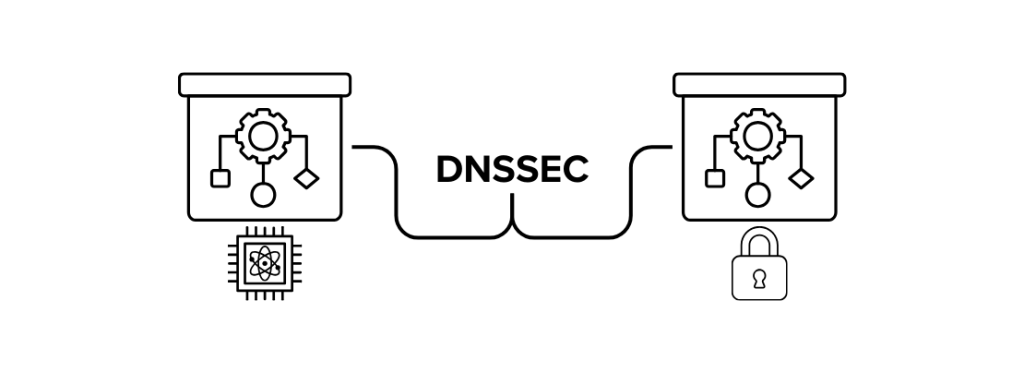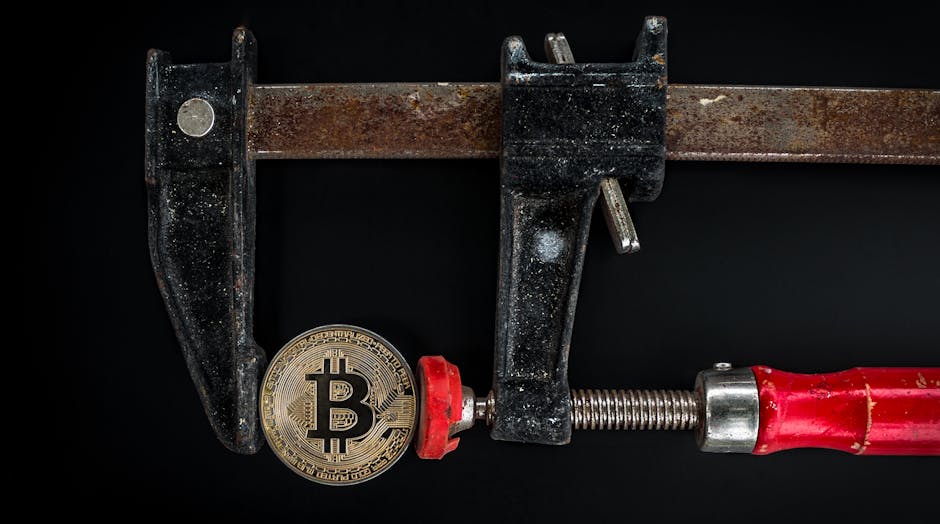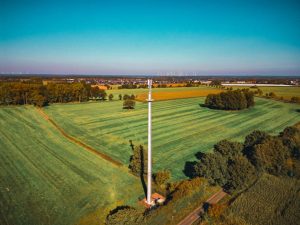Exploring the Shift to Post-Quantum Cryptography in DNSSEC

The integration of post-quantum cryptography (PQC) with Domain Name System Security Extensions (DNSSEC) represents a significant milestone in enhancing cybersecurity. Researchers at SIDN Labs have been investigating how PQC algorithms could act as secure replacements for traditional cryptographic algorithms. During this transition, both PQC and classical algorithms might be used simultaneously, prompting an in-depth exploration of how resolvers handle this novel scenario.
Understanding DNSSEC and its Core Processes

Pexels
DNSSEC ensures the integrity and authenticity of DNS responses through digital signatures on resource records (RRsets). These signatures are created using public and private cryptographic keys stored as DNSKEYs and RRSIGs. Typically, zones employ a split-key system comprising a Key Signing Key (KSK) for signing other keys and a Zone Signing Key (ZSK) for RRsets. Some zones use a Combined Signing Key (CSK) to do both. This hierarchical chain of trust, from the root zone to the queried zone, forms the foundation of DNSSEC’s security structure.
Resolvers validate DNSSEC signatures by associating them with the appropriate DNSKEYs. This process is flexible – when multiple keys share attributes, resolvers systematically test all plausible keys to establish validity. These design elements provide resilience in case of unexpected issues, such as key collisions or unintentionally invalid signatures, which are essential for seamless online operations.
Challenges of Introducing Post-Quantum Cryptography

Pexels
The prospect of introducing PQC into DNSSEC brings opportunities and challenges. While newer algorithms like Falcon-512 demonstrate compatibility, they present hurdles such as larger key and signature sizes. Over UDP, such messages often exceed buffer limits, leading to increased validation failures. However, when operating over Transmission Control Protocol (TCP), compatibility and resilience significantly improve. Unfortunately, most locally configured resolvers lack comprehensive TCP support, limiting widespread adoption of PQC and underscoring the need for enhanced infrastructure.
Validation issues also arise from algorithm number sorting. Resolvers prioritize algorithms with lower numbers, often ignoring newer PQC algorithms even when they are supported. While most unsupported algorithms are appropriately ignored, this inefficient validation order undermines the true potential of multi-algorithm setups. Researchers argue that these constraints highlight the need for adjustments to DNSSEC’s core validation mechanisms before fully transitioning to PQC.
Implications for Future DNSSEC Deployments

Pexels
The transition to PQC algorithms is critical for mitigating the potential vulnerabilities posed by quantum computing advancements. However, as SIDN Labs’ research reveals, the move demands careful planning and infrastructure updates. Local resolvers must adopt TCP support, and reliance on UDP should be reduced for message-intensive operations. Furthermore, algorithm validation processes need refinement to avoid biases that hinder the adoption of newer, more secure methodologies.
Ultimately, while the co-existence of classical and PQC algorithms within DNSSEC reflects a pragmatic approach, it is clear that this transitional period must be brief. The potential for validation conflicts and increased resolver complexity underscores the importance of a seamless, well-informed migration strategy.




